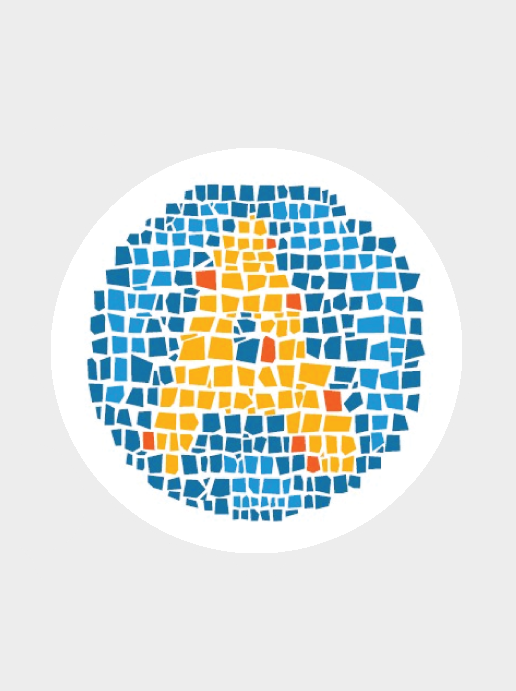Ενα δάσος με έκταση που ξεπερνά τα 90.000 στρέμματα, μοιάζει να κλείνει στην καταπράσινη, απέραντη αγκαλιά του το τυχερό αυτό χωριό. Το όνομά του είναι Βαρβάρα και το χρωστάει στην πολιούχο Αγία Βαρβάρα προς τιμήν της οποίας κτίστηκε το 1875 η κεντρική εκκλησία, ή -σύμφωνα με τον τοπικό μύθο- σε μια παλιά βασίλισσα της περιοχής.
Ακροβατώντας στα 550 μ. ύψος, ανάμεσα στα υψώματα Δρεβενίκο και Σουγκλιάνι, ο οικισμός έχει ζωντανές γειτονιές με στενά καλντερίμια, άφθονα νερά, βρύσες. Προσφέρει εξαιρετική θέα πέρα από τον Στρυμoνικό και τη Βόλβη. Ο τόπος αυτός φαίνεται να κατοικείται από τον 14 μ.Χ. αιώνα.
Σε έγγραφο του ιεροδίκη Σιδηροκαυσίων βρέθηκαν τα πρώτα στοιχεία, ενώ τούρκικο φιρμάνι του 1762 περιλαμβάνει στην ομοσπονδία των Μαντεμοχωρίων και το χωριό Βαρβάρα. Το 1821, ακολουθώντας την κοινή μοίρα των Χαλκιδικιώτικων χωριών, πυρπολήθηκε από τους Τούρκους. Συμμετείχε ενεργά στον Μακεδονικό Αγώνα με επικεφαλής τον Βαρβαριώτη οπλαρχηγό Αθανάσιο Μινόπουλο.
Σήμερα η Βαρβάρα έχει περισσότερους από 800 κατοίκους, οι οποίοι ασχολούνται με την κτηνοτροφία και την υλοτομία. Ο τοπικός γυναικείος συνεταιρισμός παράγει νόστιμα γλυκά του κουταλιού και τραχανά.
Το χωριό πανηγυρίζει στις 4 Δεκεμβρίου στη γιορτή της Αγίας Βαρβάρας, μέσα στο ασύγκριτο ορεινό χειμωνιάτικο τοπίο. Μεγάλο πανηγύρι γίνεται του Αγίου Γεωργίου (δεύτερη ημέρα του Πάσχα) και διαρκεί 3 ημέρες.
Info
Η Βαρβάρα απέχει 20 χιλιόμετρα από την Αρναία, προς τα βορειοανατολικά. Εχει γίνει γνωστή στην περιοχή και για τους δύο καταρράκτες της που βρίσκονται μέσα στο δάσος του χωριού, προς τη μεριά της Ολυμπιάδας.
ΤΟ ΑΡΘΡΟ




